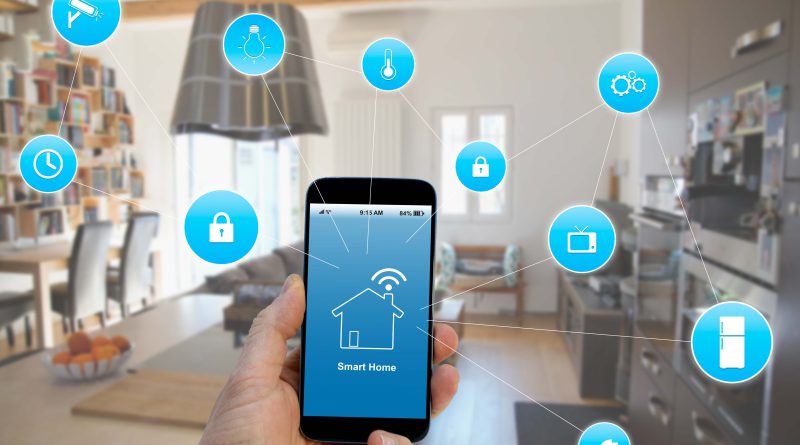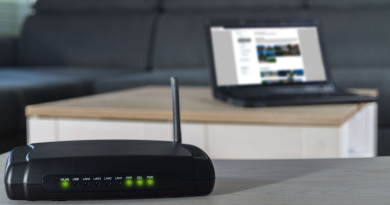Smart homes: the new way of living
We have heard the term “smart home” thrown around but do you know what this means and the risks they pose to you and your family? In our 3-part series, we will explain what a smart home is and the risks associated with it, share tips to protect your smart home, and lastly introduce a security solution to help keep your smart home secured.
What is a smart home?
Put simply, a smart home is any home that uses smart devices or appliances that connect to the internet. These devices can range from the traditional types such as computer and mobile phones, to devices such as TVs, gaming consoles, light bulbs and cameras.
What makes a smart device different to a standard fridge or TV remote in your home is that these devices are connected to the internet through your home network router or a mobile phone. They can also collect and store data about you.
So, whilst smart devices can make your day-to-day life simpler and convenient, such as a smart coffee maker brewing your coffee before you get up in the morning or a smart lock that will automatically lock your front door behind you, they can inadvertently expose your home to security risks. And with the average household in Australia having 20.5 devices connected to the internet in 2021, it has never been more important to know about these potential risks.
What are the risks to a smart home?
The more smart devices there are in your home, the greater the number of potential targets for hackers. Devices could be hijacked if attackers manage to guess or crack the passwords protecting them, or exploit flaws in the underlying software (firmware) that runs them.
This is made easier because some devices don’t require a user to install a password; they simply run with an easy-to-guess factory default. Many manufacturers also don’t issue regular updates (patches) either, or if they do, it’s hard for users to find out about and install them. Unlike your laptop or desktop and mobile devices, these IoT endpoints are typically too small to install antivirus software on, further exposing them.
Below we go through the three main risk types facing the smart home.
1. Physical danger
Devices could be remotely controlled by attackers to watch the family. For example, by hijacking feeds from smart security cameras, or other sensors around the house such as smart door and window locks, burglars could work out when the property is empty. They could even remotely unlock doors or windows, if these are internet-connected — for example by cloning the owner’s voice and playing commands via your home assistant. Cases have been reported in the past of hackers remotely monitoring smart homes. In one incident, a baby monitor was hacked and used to broadcast threats to the parents; while more extensive hacks of home security cameras have had their video content streamed online.
2. Data loss
These same devices are also a potential gateway into the home network, which could allow hackers to grab passwords for your key online accounts like banking and email. Any data they collect on you can be sold on the dark web and used for future identity fraud. The router is in many ways the digital gateway to your smart home — the place where all your internet traffic passes through. That makes it particularly vulnerable to these kinds of attacks. As well as data theft, hackers could be looking to spread malware such as ransomware and banking trojans.
3. Hijacked devices becoming botnets
In another scenario, your smart home gadgets and router are hijacked and remotely controlled. Not to install ransomware or steal data from your family, but to use in attacks on others. Typically, they become part of a botnet of controlled machines which are programmed to do the bidding of the hackers. This could range from launching denial-of-service (DoS) attacks on businesses to illegally mine for cryptocurrency.
What to do next
Stay tuned for our next blog where we share tips on how to secure your smart home.




